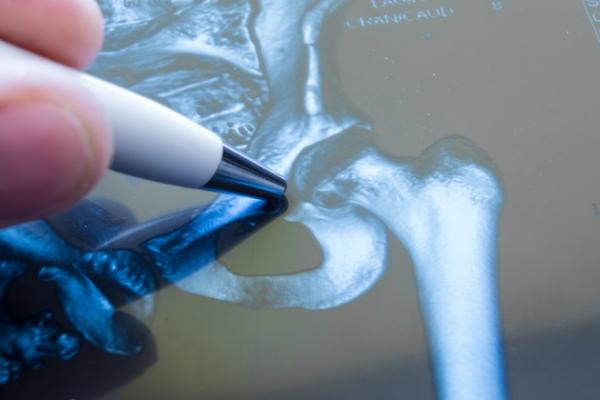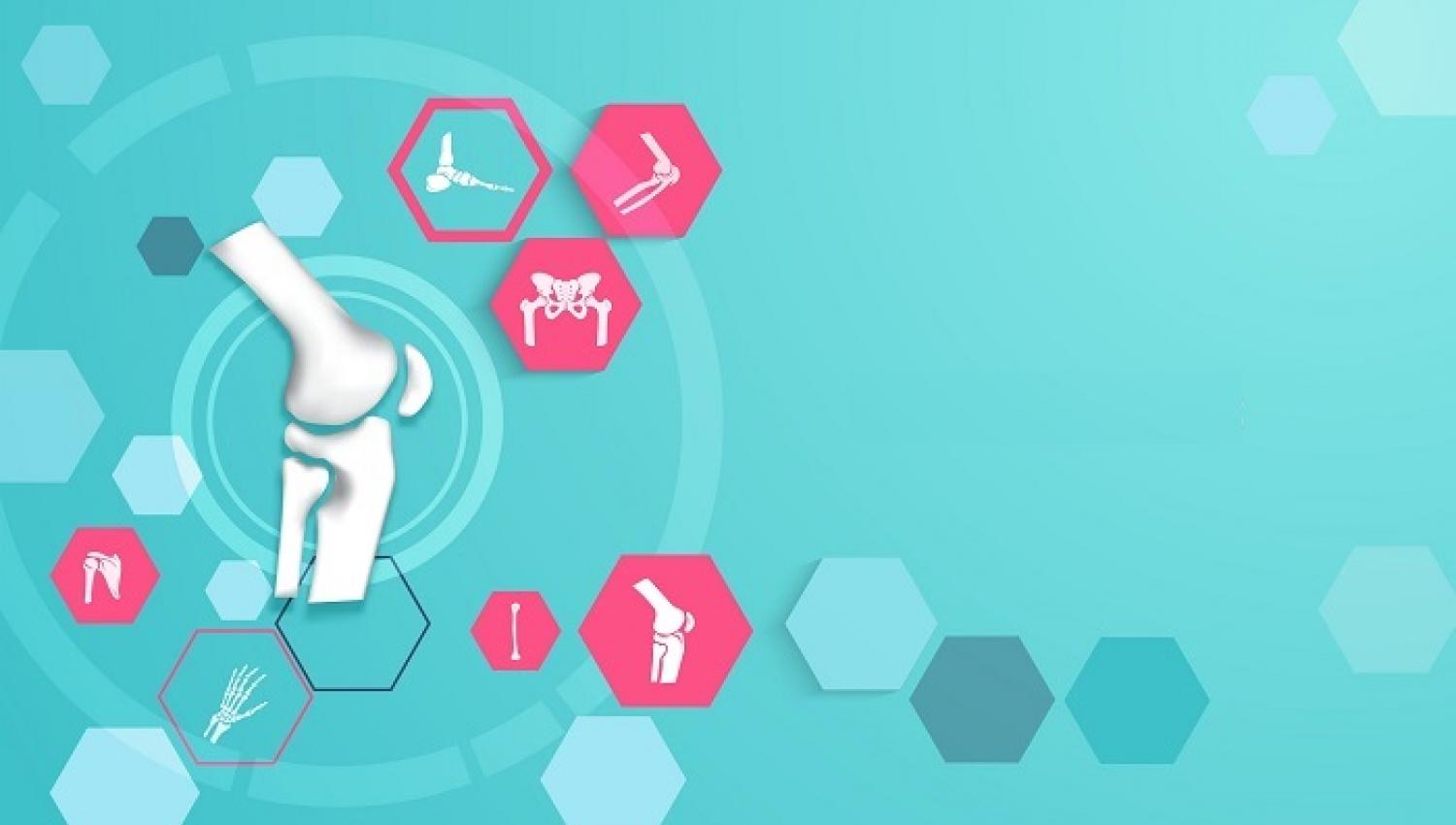Stating that hip fractures are 3 times more common in women than in men, Yeditepe University Kozyatağı Hospital Orthopedics and Traumatology Specialist pointed out the importance of the first 24 hours in intervention and said, "Interventions performed within the first 24 hours prolong the patient's 5-year life expectancy in the postoperative period."
As the world population ages, human life expectancy is increasing in parallel with developments in health. In addition to advanced-age cancers, hip fractures due to traumas are also common in old age. Stating that hip fractures are seen in women after menopause and in men mostly due to falls, Yeditepe University Kozyatağı Hospital Orthopedics and Traumatology Specialist made important statements about hip fractures, precautions to be taken, and treatment methods.
"It Can Break Even When They Get Up From Their Seats"
Orthopedics and Traumatology Specialist reminded us that these fractures can be seen even when the person gets up from a sitting position in parallel with the weakening of the bones and said, "The most important reason for this is bone resorption due to old age. Due to diseases such as vitamin D deficiencies and kidney failure, these fractures can turn into life-threatening fractures. Hip fractures are 3 times more common in women than in men. The reason for this is the decrease in bone density after menopause. During this period, especially the internal structure of the bone weakens. The outer shell of the bone becomes thinner. Thus, fractures occur with simple traumas."
"You Need to Stock Up on Calcium Until Your 20s"
Orthopedics and Traumatology Specialist advised these patients to enter menopause healthy and said, "These patients need to enter menopause healthy and have good bone density. For this, there are currently milk campaigns in schools. I find this very correct because we can store minerals in our bones until the end of the developmental age. Considering that the skeletal structure develops until the age of 24, you need to take as much calcium and minerals as you can until your 20s. Excess calcium to be taken late in life cannot be stored in the body. For this reason, it is essential to make an investment in youth and lead an active life."
"Timing of the Surgery is of Great Importance"
Pointing out that the majority of people with hip fractures may also have co-morbidities such as heart, kidney, and diabetes,Orthopedics and Traumatology Specialist, said the following about the vital importance of the first 24 hours of intervention:
"The risk of death after fractures is increased in these patients because they have many diseases together. This is because when patients remain immobilized, their existing diseases increase. Especially lung and respiratory difficulties increase. For this reason, interventions performed within the first 24 hours prolong the patient's 5-year life expectancy in the postoperative period. In elderly people, these surgeries to be performed within the first 24 hours are very important in terms of increasing the possibility of survival. Currently, in parallel with the advancement of technology, we treat patients of all ages. I had a patient who underwent surgery at the age of 102. Therefore, it is important at what age the patient has this fracture, but the disease they have is also important. When patients lie down for a long time, their muscles weaken, and bedsores occur. Surgery should be performed as soon as possible, and these patients should be put on their feet."
If a Fracture Prevents Walking, Surgery is a Must!
Stating that surgery is absolutely necessary for fractures that will prevent walking in the upper part of the leg, Orthopedics and Traumatology Specialist, said, "If a hip fracture that prevents walking has developed, that is, if there are fractures at the point connecting the patient's leg to the pelvis, the fractures in this area must be treated surgically. However, minor fractures of the pelvic bone itself can be healed with bed rest. After the surgery, we aim to put the patients on their feet as soon as possible."
"We Made Progress with the Technology"
Pointing out that much progress has been made in orthopedics in parallel with technology, Orthopedics and Traumatology Specialist said, "Previously, these patients could not step on their feet for months even after surgery, but with the surgeries, we perform now, we make the patient walk the next day. The patient can get up and go to the toilet the next day. Before and after the surgery are very different from each other. We bring these patients back to life. Let's say we performed a prosthesis surgery after a hip fracture. The patient can easily walk the next day and can go to visit a relative within 2-3 weeks. After 6 months, you cannot tell whether that person has had surgery or not. Without intervention, the patient becomes a person who sits asides and needs constant care. Therefore, movement is life, life is movement."
The Room Must Have a Little Light
Stating that small measures should be taken to prevent elderly people from encountering accidents, Yeditepe University Kozyatağı Hospital Orthopedics and Traumatology Specialist said, "A small light should be lit in the room where elderly people sleep. These people may feel dizzy when they go to the restroom in the dark at night. When they get up, they should sit on the edge of the bed for a while. They should stand up and check if they feel dizzy. Also, to prevent falls, there should be no piece carpets in the house. There should be handles on the edge of the toilets," he warned.
”




